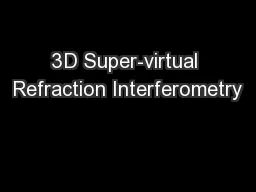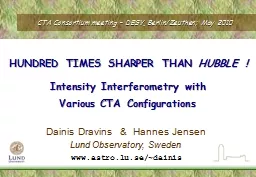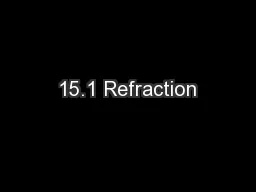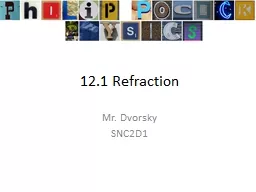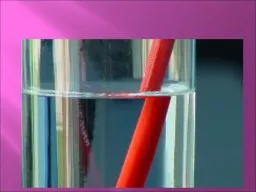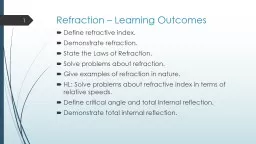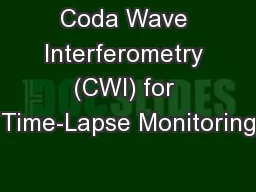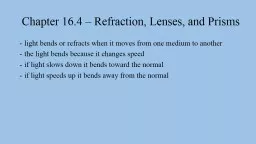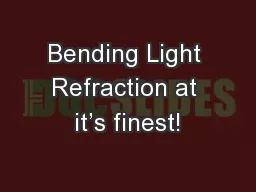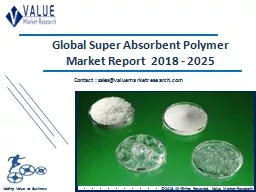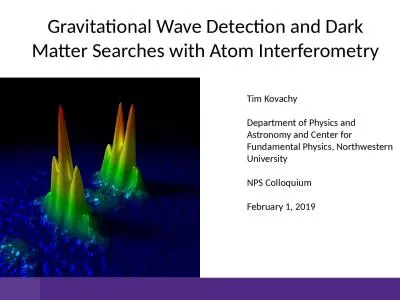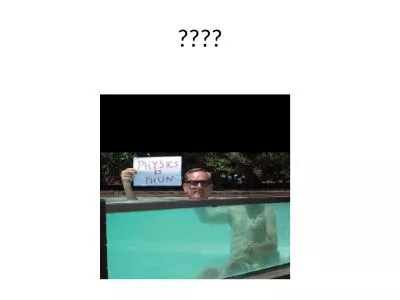PPT-3D Super-virtual Refraction Interferometry
Author : min-jolicoeur | Published Date : 2016-06-30
Kai Lu King Abdullah University of Science and Technology Outline Introduction and Motivation Theory conventional SVI with stationary phase integration S ynthetic
Presentation Embed Code
Download Presentation
Download Presentation The PPT/PDF document "3D Super-virtual Refraction Interferomet..." is the property of its rightful owner. Permission is granted to download and print the materials on this website for personal, non-commercial use only, and to display it on your personal computer provided you do not modify the materials and that you retain all copyright notices contained in the materials. By downloading content from our website, you accept the terms of this agreement.
3D Super-virtual Refraction Interferometry: Transcript
Download Rules Of Document
"3D Super-virtual Refraction Interferometry"The content belongs to its owner. You may download and print it for personal use, without modification, and keep all copyright notices. By downloading, you agree to these terms.
Related Documents

